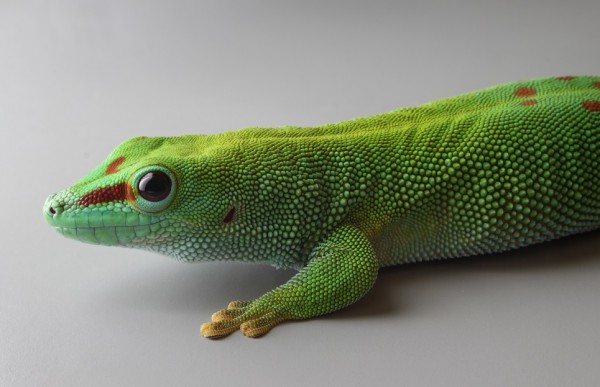By Ana Verayo, | September 06, 2016

Lizards need more shade in a warming world.
Animals also need to deal with the harsh effects of climate change and global warming, as a new study reveals how reptiles, specifically lizards adapt to a warming world.
A team from Clemson University in South Carolina led by biologist Michael Sears, has created a new model that can monitor the daily activities and movements of lizards in their natural habitat, from sun exposure to shade. This new study also sheds new light about the evolution of lizards as well.
Like Us on Facebook
Recently published in the scientific journal, Proceedings of the National Academy of Science, scientists aim to produce more accurate predictions about how animals adapt to rising temperatures.
Why lizards? Scientists have used lizards to gauge important changes in temperatures especially in the environment like under the sun or shade, as they can also manage their own body heat.
This may not appear as a very accurate model for temperature recording, since lizards spend their energies not only regulating their body temperature but finding cooler habitats as well. Now, researchers developed this new algorithm to simulate real lizards exposed to warming environments.
Researchers created three different environments to test the creatures' patterns when it comes to sun and shade. One area had a large single shaded part, another with four smaller shade areas and the third one included 16 shade patches.
Results revealed how lizards need less energy when regulating their body heat when they rest under a cool patch and more significantly, lizards apparently experience a nine percent variation of body temperature when resting under a single shaded area.
With this new algorithm, the team recreated these environments with real lizards with the same environments and shade patterns, based on the computer model. Two days of monitoring their body temperatures resulted in a 10 to 16 percent variation among the three different environments.
According to co-author of the study, Mike Angilletta from the Arizona State University, this suggests that current climate models about the effects on animals are potentially inaccurate. He adds that past studies could have possibly underestimated their risk of extinction.
Angilletta explains that most models usually assume that animals can change its environments anytime, anywhere which means, they do not account for how much energy the animal needs for body temperature regulation.
-
Use of Coronavirus Pandemic Drones Raises Privacy Concerns: Drones Spread Fear, Local Officials Say

-
Coronavirus Hampers The Delivery Of Lockheed Martin F-35 Stealth Fighters For 2020

-
Instagram Speeds Up Plans to Add Account Memorialization Feature Due to COVID-19 Deaths

-
NASA: Perseverance Plans to Bring 'Mars Rock' to Earth in 2031

-
600 Dead And 3,000 In The Hospital as Iranians Believed Drinking High-Concentrations of Alcohol Can Cure The Coronavirus

-
600 Dead And 3,000 In The Hospital as Iranians Believed Drinking High-Concentrations of Alcohol Can Cure The Coronavirus

-
COVID-19: Doctors, Nurses Use Virtual Reality to Learn New Skills in Treating Coronavirus Patients







